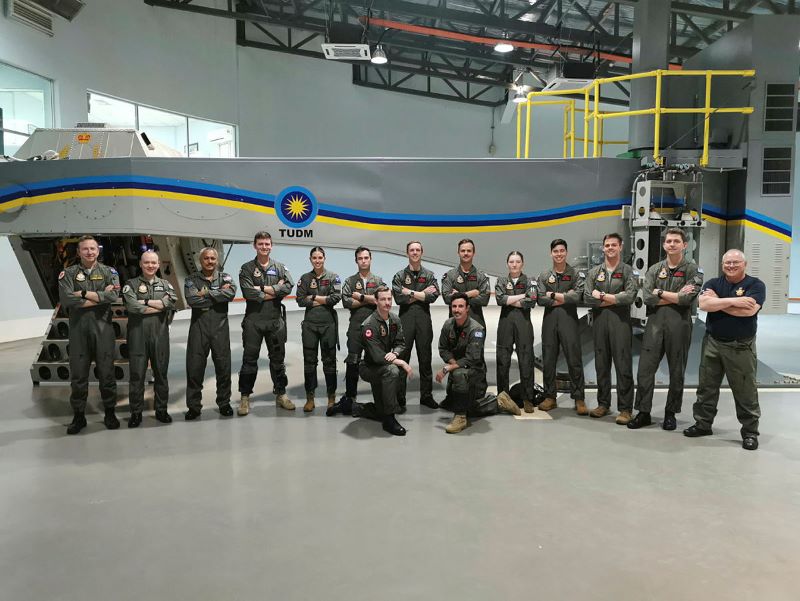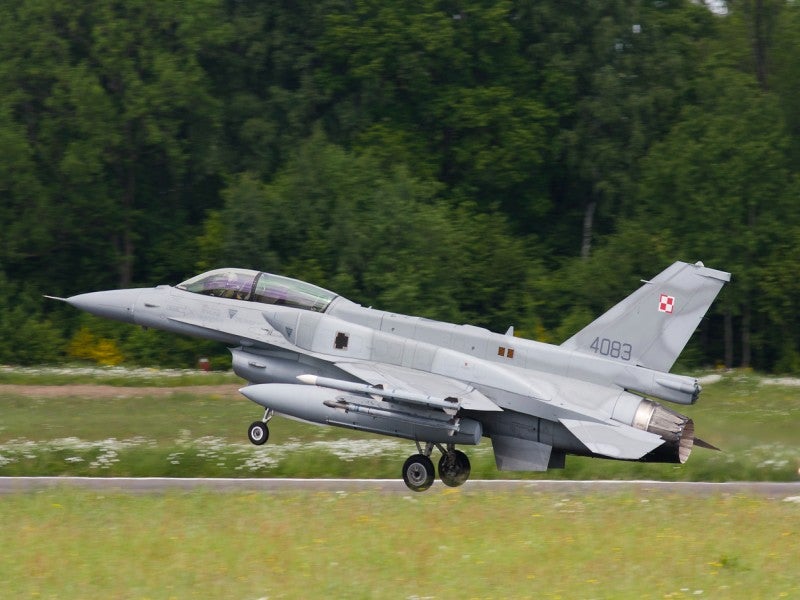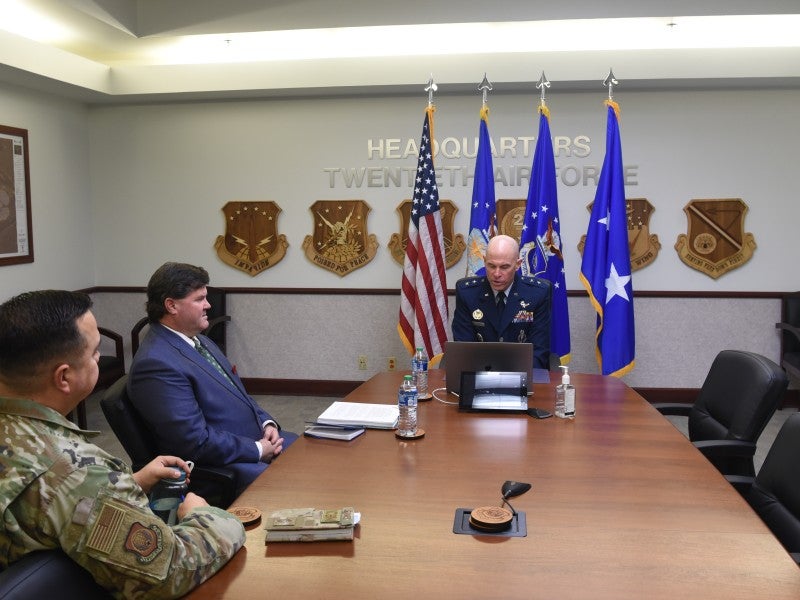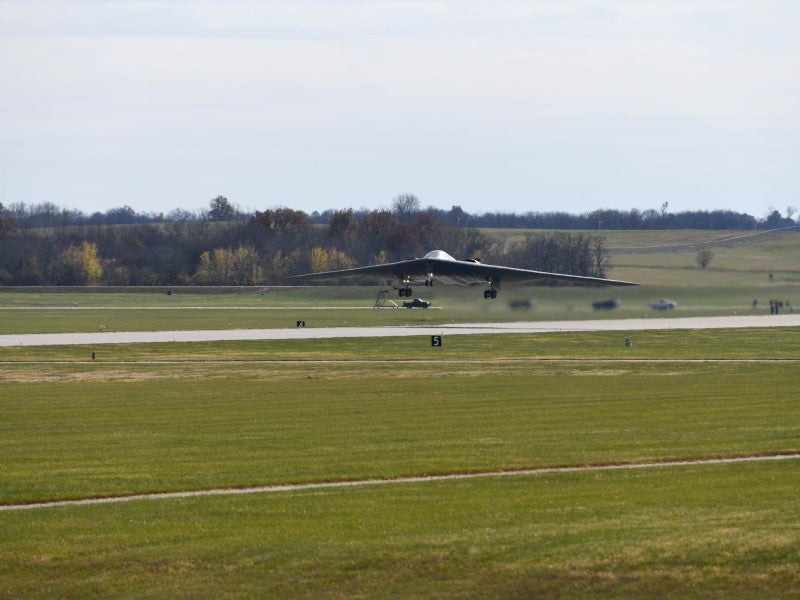
The Royal Australian Air Force (RAAF) had deployed its personnel to carry out a specialised bilateral training course with the Royal Malaysian Air Force (RMAF).
Referred to as the Pulls-G centrifuge training course, the activity was conducted at the RMAF’s modern centrifuge facility in Kuala Lumpur.
The course is being run by the RAAF Institute of Aviation Medicine, which plays a key role in enhancing the safety and efficiency of the Australian forces by conducting research on aviation medicine and training.
It aims to prepare the participating aircrew members to undertake operations in high-G environments in advanced fighter jets.
Under this centrifuge coursework, the participants were exposed to high-G loads in a monitored, controlled and safe manner that will allow them to practice and hone their anti-G straining manoeuvres (AGSM) capabilities.
RAAF Institute of Aviation Medicine squadron warrant officer Brenden Reilly said: “While students have flown BAE Systems’ Hawk aircraft to this point, they have not experienced the level of G nor the rate of G onset that they experience in a centrifuge.
“To move on to flying our latest fifth-generation fast jets, crews need exposure to correct AGSM technique to handle sustained high-G flight.”
After the practice session and associated classroom training is complete, the aircrew was strapped into the centrifuge that generate high G-force by spinning at high velocity.
The increase in G-forces will result in several physiological changes in the human body, which may eventually cause loss of consciousness.
Personnel used AGSM techniques and procedures learnt during the course to counter G-induced concerns.
RMAF Pulls-G facility Physiology head colonel Dr Mazdy Ismail said: “We are very proud and honoured to have been able to host acceleration centrifuge training for RAAF aircrew since 2008.”




